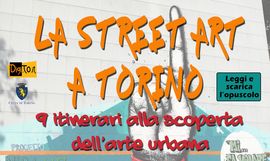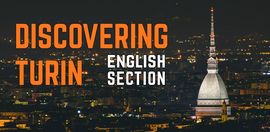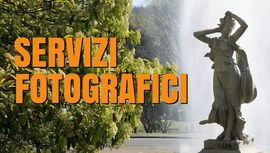Home » DISCOVERING TURIN » Guide to urban art: Borgo Vecchio Campidoglio
12 Dicembre 2019
Guide to urban art: Borgo Vecchio Campidoglio
Our journey ends among the streets that host the murals and artworks of Mau, an open-air museum
Fabio Gusella (translation by Giulia Schimmenti)
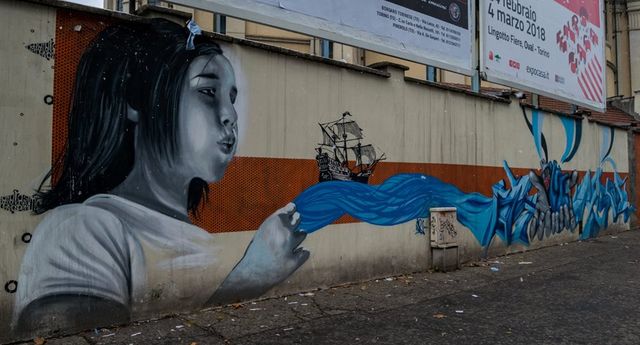
The mural made by Orma il viandante, Kasy 23 and Sisterflash (picture by F. Mereu)
Let’s imagine for a few moments Turin at the end of the 19th century: its railing houses, cobbled streets, artisan shops. Well, travelling through time seems possible since there is a place in Turin where the clock seems to have stopped: let’s talk about Borgo Vecchio del Campidoglio. Historical working-class quarter built from 1853 on the fields owned by the Doglio family, this village has preserved over time much of its nineteenth-century appearance, so much so that it is still described as a sort of town within the city.
However, the old quarter enclosed between corso Svizzera and corso Tassoni not only preserves a significant past but also cultivates a sparkling present, as it has become in recent years a real open-air museum, establishing itself as one of the most innovative and lively areas of the city. Among its old streets, in fact, there is the Mau, the Museum of Urban Art.
Founded in 1995 to redevelop the area and supported from the beginning by the inhabitants themselves, the Mau is still a unique example in Italy and, year after year, has welcomed more and more murals and art projects, reaching the current number of 172 works. To find one’s way around such a maze, the site provides visitors with a map, showing the locations of the various works.
The most fascinating aspect of the museum is undoubtedly its history: after an initial phase of urban restructuring and architectural revaluation of the village, in fact, in 1995 the citizens themselves wanted to establish a Committee for Urban Redevelopment composed mainly of university teachers and artists. In addition to the initiative, a number of voluntary writers have also created the first 13 works. Given the good reception by the people of Turin, the Municipality decided to be part of the project, contributing to increase the total number of murals to 17. In 2000 the Mau was born, which eleven years later will be officially recognized by the City of Turin as a museum structure and therefore included in the Map of Museums of Piedmont.
This is just the beginning, since in a just few years the museum managed to involve 104 artists in 137 masonry and environmental works scattered in the old part, to which should be added the 35 artworks exhibited in the so-called Galleria Campidoglio, a long series of works in theca placed on the walls of via Nicola Fabrizi.
Another strong point of the museum is its constant attention to young artists: it was preferred to make the emerging artists work in close contact with well-known artists, in order to stimulate the artistic growth of the former and encourage the sharing of different experiences.
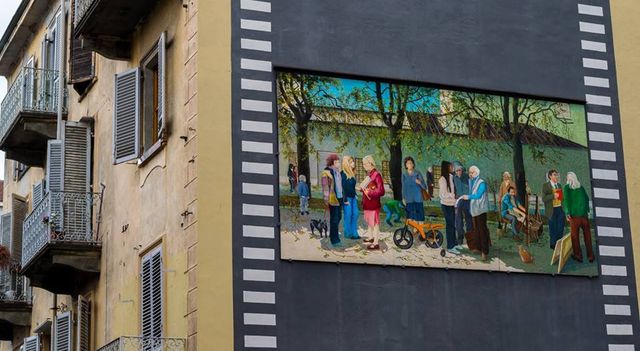
A mural of MAU (picture by F. Mereu)
The Mau is not only made up of masonry works: an example of this are Panchine d’Autore in piazza Moncenisio, created in 2010 by the artist and graphic artist Vito Navolio. It was initially about ten benches, on which were painted some tributes dedicated to great painters such as Andy Warhol and Pablo Picasso. Thanks to the positive reception among citizens, the idea was later “exported” beyond the boundaries of the village, becoming a model for the urban furniture of other neighborhoods. In addition, since 2014, the Mau has increasingly expanded its range of action also contaminating other peripheral areas such as Falchera, Mirafiori Sud and Vallette.
Despite being scattered throughout the territory, the Museum of Urban Art is located in via Rocciamelone 7/c, where the Mau Gallery has been set up, a space in which art exhibitions are often organized, curated by the president and artistic director of the museum, Professor Edoardo Di Mauro, and cultural meetings, musical events and film screenings are held.
In addition to the guided tours organized by the Mau (sometimes by bicycle), it is also pleasant to discover the neighborhood and the museum on your own. In fact, walking through the village, you have the impression of walking through the rooms of a museum: on the wall of a building in via Netro 4, next to the church of Sant’Alfonso de’ Liguori, a child shows us a bright sun inviting us to enter the district. It is a large mural painted by the artist Gianluca Scarano. We accept the invitation by taking one street after another, but remembering to keep our faces always up, because at every step a painting could surprise us from above.
At the corner of via Locana and via Musinè, for example, we find the colourful mural entitled Omaggio al Liberty (2016) by Vito Navolio and Francesca Nigra, in which some elegant ladies from the beginning of the century look out from the walled windows of a building. The decorative sweetness of Art Nouveau vanishes completely in front of Mosche, a gigantic swarm of flies made in stencil by Sergio Ragalzi from Turin on a house in via Ceres 11. A completely different atmosphere welcomes us in via Locana 19, where Roberta Fanti from Bologna has painted an enveloping red rose on the window of a house, a flower that blooms every time you open its windows.
We conclude our journey with two of the thirteen murals made when the Mau was first opened in 1996. In via Musinè 27, an enigmatic female face emerges from a wall of leaves inviting us to silence: we are talking about Canto Metropolitano by the late artist Mercury. Our tour ends in via Musinè 13, where an equally mysterious man painted by Mario Marucci takes off his hat as a sign of greeting. Replacing the courtesy, we continue our visit through the streets of a museum that, not belonging to anyone, belongs to everyone.
In collaboration with Study in Torino



